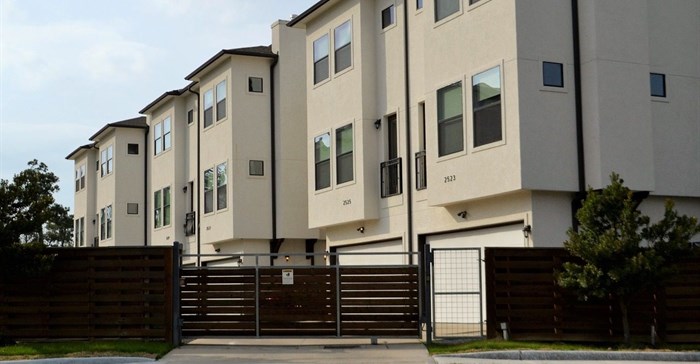Rental property management: Why investors need to think beyond the box

So says Andrew Schaefer, MD of property management company Trafalgar, who notes: “As the financial pressure on households continues to mount, SA consumers are increasingly putting their home-buying plans on hold and opting for rental homes instead.
“Despite this, however, the latest statistics from Payprop show that monthly rentals are currently only increasing at an average of 4% a year, and that tenant default rates are on the rise in most areas and price categories.”
Careful research
Consequently, he says, most investors entering the buy-to-let market now* are doing so only after careful research and in pursuit of the sort of capital growth that has been experienced over the past five years in areas such as Sea Point (114%), Bloubergstrand (99%), the Cape Town CBD (80%), Rondebosch (75%), Rosebank in Johannesburg (84%) and Somerset West (63%), for example.
“And because of the current lack of new development plans for many additional areas where demand is expected to rise steeply over the next five years, they may well achieve their aim – but only if they insist on excellent management of their investment properties that goes well beyond appointing a rental agent to screen potential tenants and collect rents.”
It is true, Schaefer says, that it is becoming increasingly difficult to find quality tenants who are stable financially and have no history of default, but it is also true that technology continues to simplify the management of individual rental properties by improving the screening process and automating tasks such as inspection and maintenance scheduling and the generation of invoices, rental reminders and legal notices.
“A much bigger challenge for many owners now is thus to ensure the proper overall management of the sectional title (ST) buildings and complexes where many of their buy-to-let properties are located.”
CSOS and STSM Acts
This begins, he says, with adherence to the many provisions of the Community Schemes Ombud Service (CSOS) Act and the Sectional Titles Schemes Management (STSM) Act, which have been in effect since the end of 2016 but are still unfamiliar territory for many ST schemes.
“It was recently reported, for example, that only 35,000 out of the 53,000 known ST schemes in SA have completed their compulsory registration with the CSOS to date. In addition, many schemes are still not compliant with the provisions of the new legislation for the establishment of separate reserve funds, or the preparation of professional 10-year maintenance plans, and penalties could soon be imposed which would have a negative impact on all owners in the non-compliant schemes and pose an additional risk for landlords already having to cope with low rental growth and tenants who are taking financial strain.”
Schaefer says bad management can of course also quickly result in an ST scheme becoming run-down, and put the value growth of all units in the scheme in jeopardy.
“Consequently, we would strongly recommend that investors whose rental properties are located in ST schemes ensure that they play an active role in their bodies corporate and insist that their trustees appoint knowledgeable management companies with demonstrated levels of expertise in community house schemes.”
*According to the latest FNB Property Barometer, buy-to-let investors currently account for some 7% of all property sales in SA.







